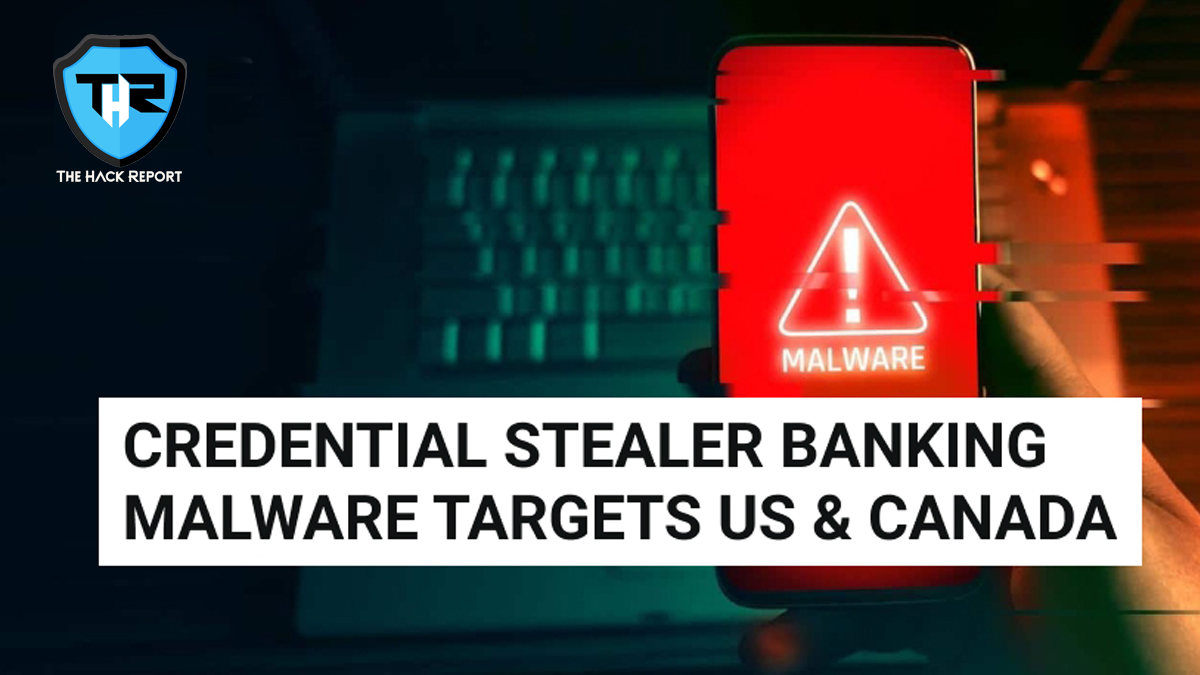Hackers Using Smart Home Devices To Live Stream Swatting Attacks
The US FBI (Federal Bureau of Investigation) recently stated that the attackers have now started to take control over smart home devices and security systems via breached emails and passwords and are using them to live stream the Swatting events. Swatting is a hoax call (a call made to trick someone for malicious purposes) made…
Read more













Recent Comments